By Abdal Hakim Murad, On Islam
On an inspirational trip through Spain, Churchward’s eyes met glamorous Islamic architecture for the first time and he continued his journey to Morocco where he was impressed by the purity and gentleness of Islamic lifestyle.
After several trips to Morocco, Hedley Churchward announced his shocking decision to his family: He had taken the Shahada and converted to Islam.
For a convert, Churchward had great achievements in the field of Islamic studies. He studied at Al-Azhar for years and became both a preacher and a prominent Sira lecturer at the Qadis’ Academy.
Also Read: Imaam Yakhsyallah: Nurture Love for the Prophet, One Will Be with Whom One Loves
In Cairo, Mahmoud Churchward was assigned to decorate one of the city’s mosques. Moreover, it was thanks to his intercession that the President of South Africa, Paul Kruger granted permission for the construction of the first mosque in Witwatersrand, South Africa. Later, Churchward got married to an Egyptian woman, who was the daughter of one of the leading Shafi‘i jurists of Al-Azhar.
Since his conversion to Islam, he had been thinking and feeling that he had not become fully integrated with Islam. Thus Churchward decided to go to Mecca to carry out the rites of Hajj in an effort to complete the Five Pillars of Islam.
Abdulhakim Murad narrates Churchward’s deep thoughts and feelings on going to Mecca through Churchward’s own words:
“One evening, as I strode along the looming Pyramid in the sunset, and saw the jagged skyline of Cairo behind the dreamy African dusk, I decided to carry through what I had intended to do ever since I turned a Moslem – I would go to the Kaaba at Mecca.”
Also Read: Thanksgiving: An Islamic Perspective
It was the year 1910 and the politico-religious circumstances demanded him to prove his sincerity in his Islamic faith, since no Non-Muslim is allowed to enter the borders of Mecca. He was subjected to a three-hour examination by the Qadi (Supreme Judge) of Egypt to determine the extent of his faith.
After a successful exam, his ‘religious passport’ was endorsed by the Qadi as well as the chief Ottoman cleric of the time and many leading scholars and imams to overcome the possible bureaucratic obstacles.
Churchward set out South Africa (Johannesburg) for Mecca in 1910. He had an exhausting steamship journey via Bombay. There he arranged an old pilgrim ship, the SS Islamic which was captained by a fretful Scotsman and armed against pirates and made its way to the Red Sea.
At the Sudanese port of Suakin, he paid a visit to the British Council and was informed that he would not be allowed to disembark at Jeddah. Yet, he was able to make it safely to Jeddah, where he contacted the Ottoman officials and encountered no problem. There he also communicated with his pilgrim guide and they set out for the Holy City with two donkeys in the following evening with Halley’s Comet blinking them the star-splendid sky.
Also Read: Achieving the Position of Fasting Expert with Kindness of Morality
As Churchward has recorded,
“‘Against the stars I saw rock faces; we seemed to be trotting through a kind of canyon. Saving the fall of our donkeys’ feet there was nothing to be heard, not even a jackal. … Bang! Explosions suddenly rang some place high in the dark hills. No mistake, those were rifle shots … The growing brightness showed a very picturesque old building, a kind of tower several hundred feet above the road. From the steep path serving the structure some fez-adorned figures ran down. They wore uniforms and held guns in their hands.’
These attacks by desert Arabs on pilgrims were common despite the efforts of the Ottoman officials. Yet Churchward was able to get through dangerous situations of the hot and exhausting trip successfully. Trusting that Allah will arrange everything for the best, they had finally arrived in the Holy Land.
The first phase of Churchward’s five-month journey to Holy Land was completed as Churchward and his companion set foot in Kaaba, the House of Allah.
Also Read: The Power of Charity in Ramadan
Mahmoud Churchward was the first British Muslim who saw the Kaaba in 1910 and was honored by being the first British guest of Allah. (P007/R04)
This article published at islam/my-journey-to-islam/historical-biographies/449348-first-british-hajji.html" target="_blank">www.onislam.net
Mi’raj Islamic News Agency (MINA)
Also Read: Ramadan Brings the Change





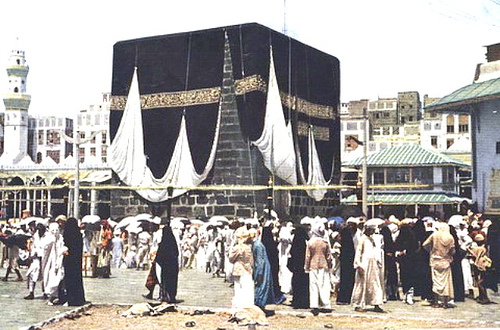


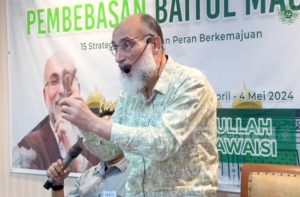
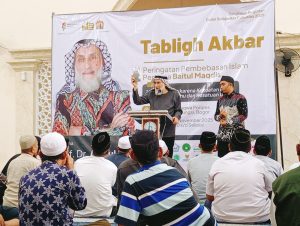
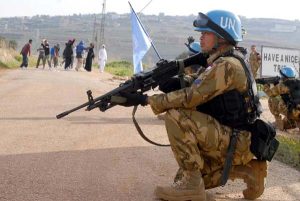
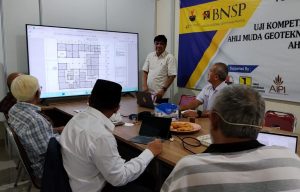
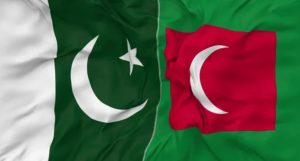


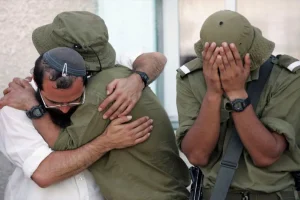
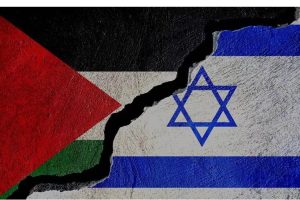



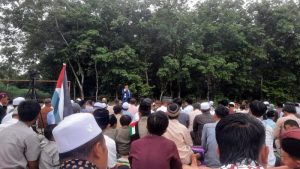











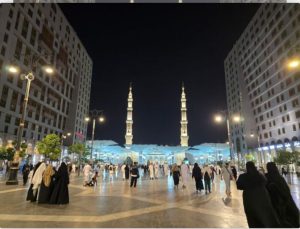



 Mina Indonesia
Mina Indonesia Mina Arabic
Mina Arabic